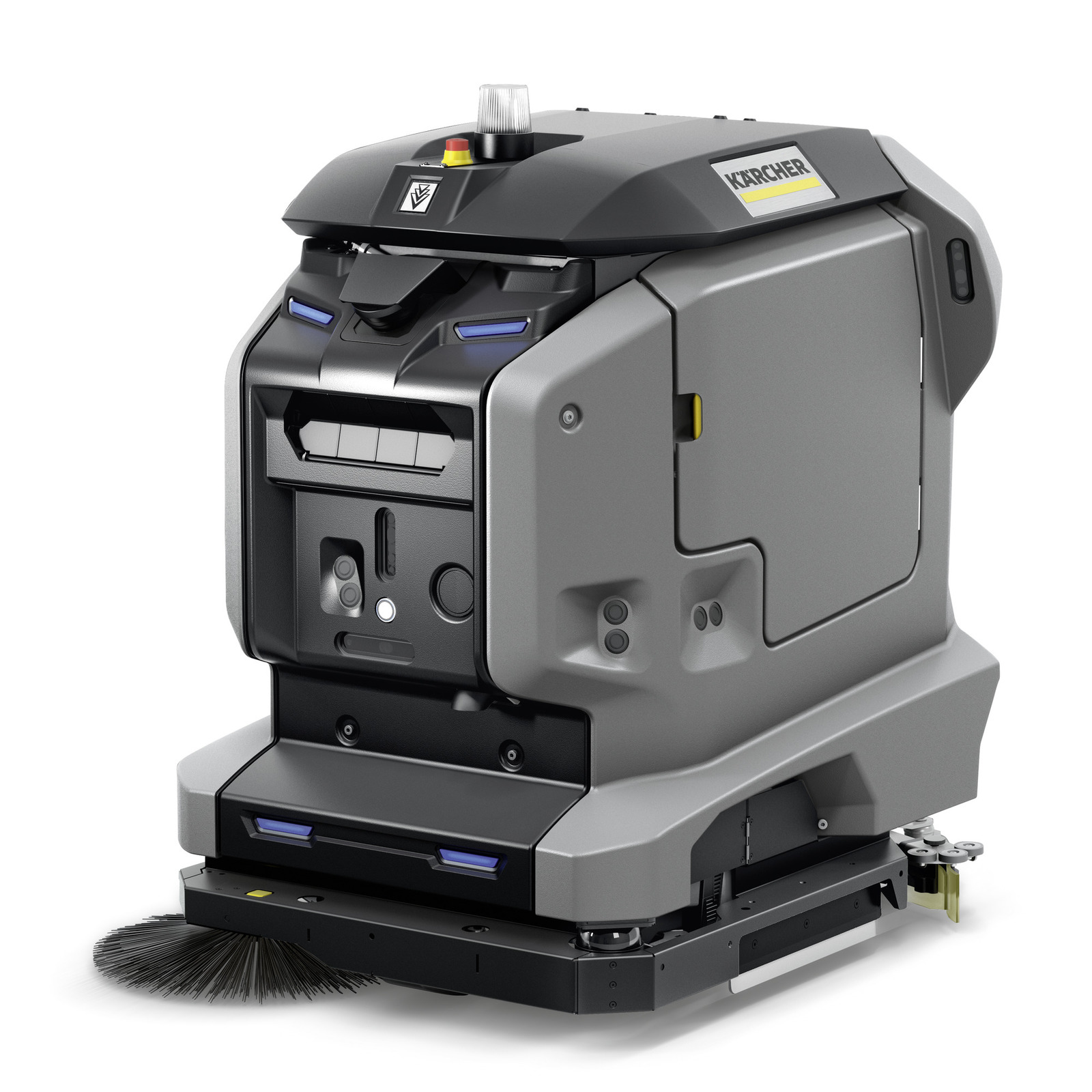Technology is reshaping every aspect of our lives, and education is no exception. As digital platforms and innovative tools continue to emerge, the way we approach learning has drastically changed. Traditional classroom methods are now being supplemented, or even replaced, by advanced technological solutions that make education more accessible, efficient, and engaging. In this article, we’ll explore how technology is transforming education and what the future holds for learners across the globe.
The Rise of E-Learning Platforms
One of the most significant shifts in modern education is the rise of e-learning platforms. From primary school students to adult learners, the demand for flexible, online learning experiences has grown exponentially. Platforms like Coursera, Udemy, and Khan Academy provide students with the opportunity to learn from experts across a range of subjects without ever stepping into a traditional classroom.
These platforms offer interactive learning environments, where video tutorials, quizzes, and peer interactions are all seamlessly integrated. This shift has not only democratized education but has also catered to individual learning styles, allowing students to learn at their own pace.
Gamification in Education
Gamification has become a popular trend in education, making learning more interactive and fun. Through the use of game-like elements such as point scoring, leaderboards, and rewards, students are motivated to engage with the material. This approach taps into the natural human desire for achievement and competition, which helps to maintain focus and improve retention.
How Smart Classrooms Are Enhancing Learning
Smart classrooms are another technological innovation that is enhancing the learning experience. Equipped with advanced tools such as interactive whiteboards, digital projectors, and smart devices, these classrooms allow for dynamic, interactive teaching methods. Teachers can instantly access vast amounts of information, present engaging multimedia content, and tailor lessons to the individual needs of their students.
In addition, smart classrooms help foster collaboration by enabling students to work on projects together in real-time, regardless of their physical location.
AI and Personalized Learning
Artificial Intelligence (AI) is making a significant impact on education by enabling personalized learning experiences. AI algorithms can analyze a student’s performance and tailor content to their specific needs. This ensures that learners receive the right level of difficulty and the most relevant content to help them grow.
For example, an AI system can detect when a student is struggling with a concept and provide additional resources or exercises to help them overcome their challenges. This level of personalization is impossible in traditional classrooms, where teachers must cater to the needs of an entire class.
Remote Learning and Its Future
The COVID-19 pandemic has accelerated the adoption of remote learning, and many experts believe that it is here to stay. Schools and universities around the world have had to adapt quickly, implementing virtual classrooms and remote learning platforms to ensure that students could continue their education.
While remote learning presents challenges, such as ensuring equal access to technology, it also offers significant benefits. For instance, students can attend classes from anywhere, and educators can reach a global audience.
In this future of remote learning, students may even use advanced tools such as virtual reality (VR) to attend simulated classrooms or participate in immersive, hands-on experiences, no matter where they are.
Useful Tools for Efficient Learning at Home
For those learning from home, staying focused and efficient is essential. One way to maintain a clean, comfortable study environment is by using a Karcher steam cleaner, which ensures that your learning space is free from dirt and allergens. Keeping a clean, distraction-free space can help you stay on track with your educational goals.
Conclusion
The future of education is undeniably digital, and the advancements we’ve seen in recent years are just the beginning. As technology continues to evolve, learners will have more opportunities to tailor their education to their personal needs, engage in more interactive and immersive learning experiences, and access education from anywhere in the world. Whether through e-learning platforms, AI-driven personalized learning, or smart classrooms, the possibilities are endless.
In this evolving landscape, educators and institutions must stay ahead of the curve, continuously adapting to ensure they are providing the best possible learning experiences. Meanwhile, students can look forward to a future where learning is more engaging, efficient, and accessible than ever before.


